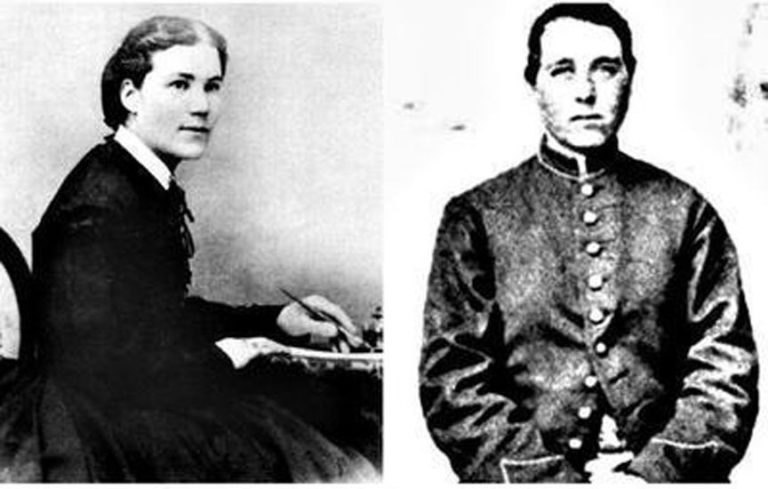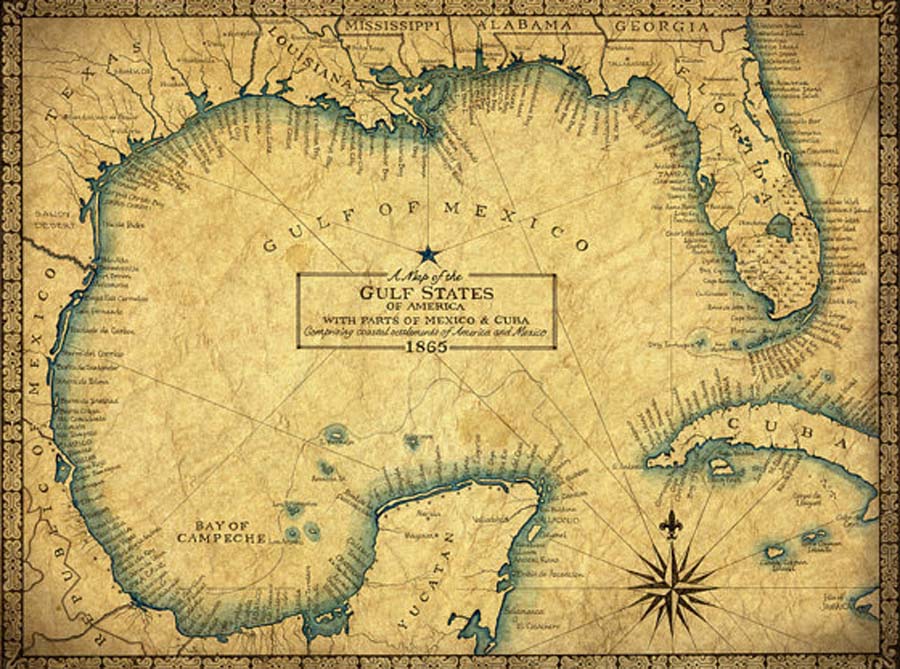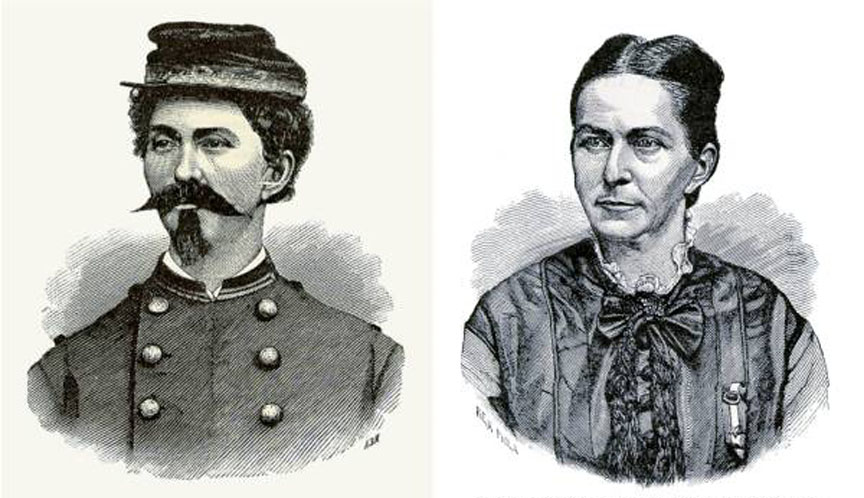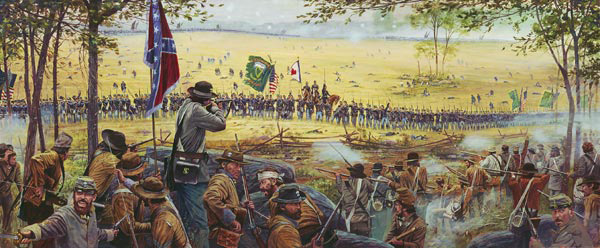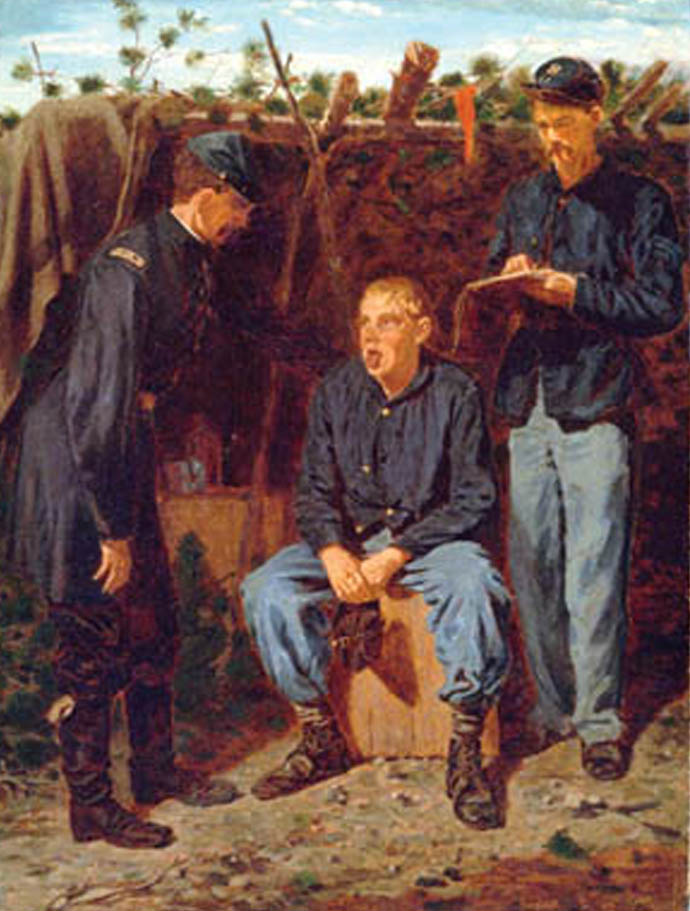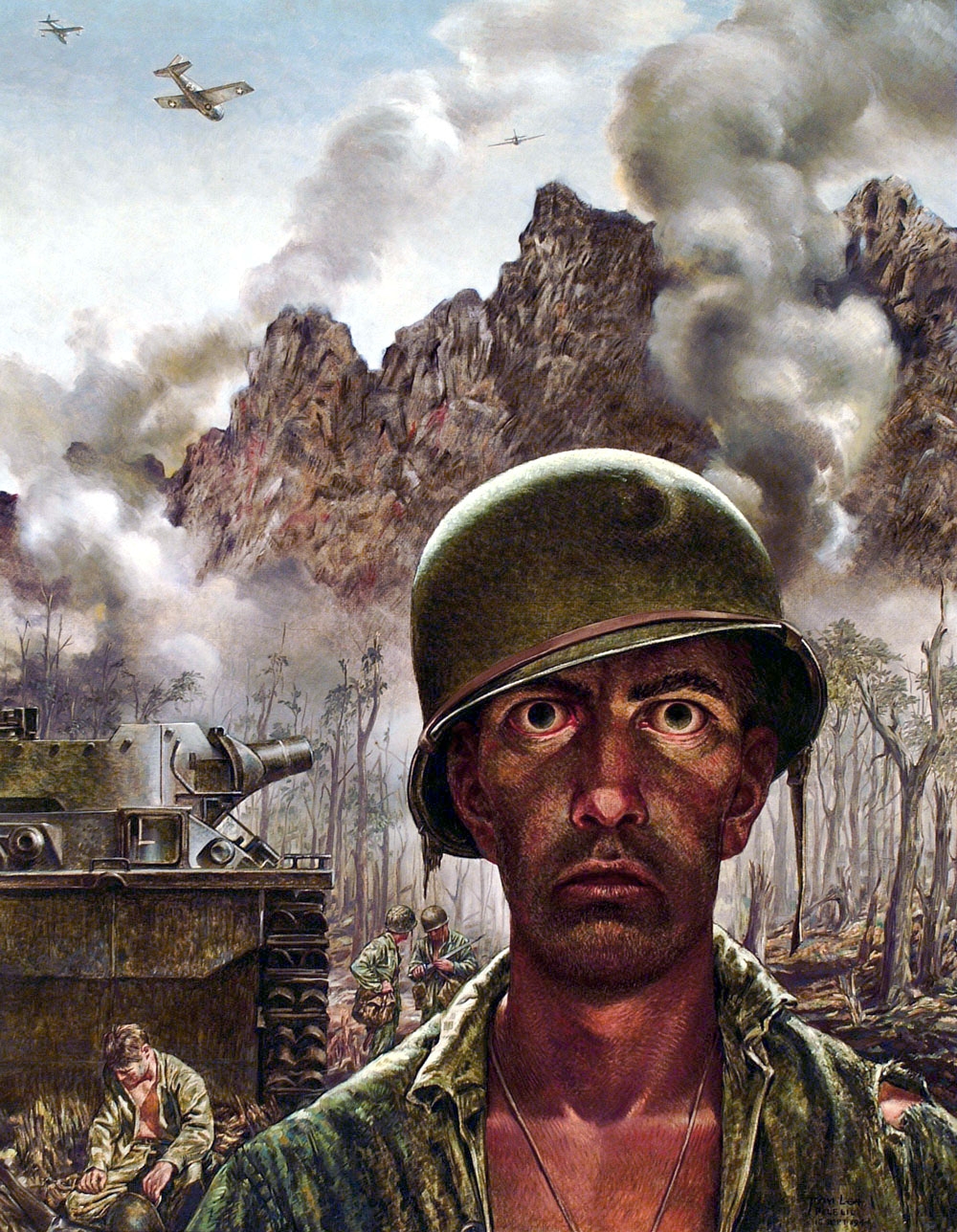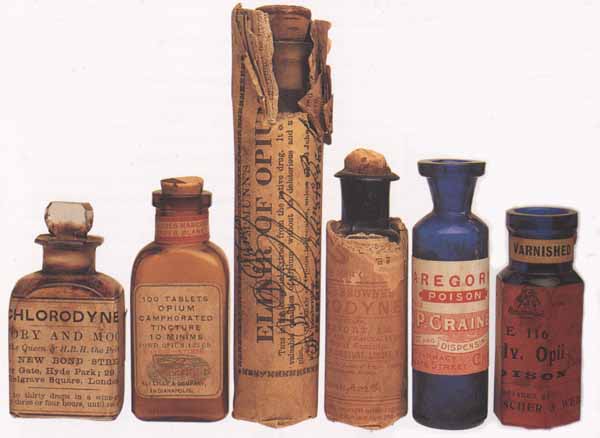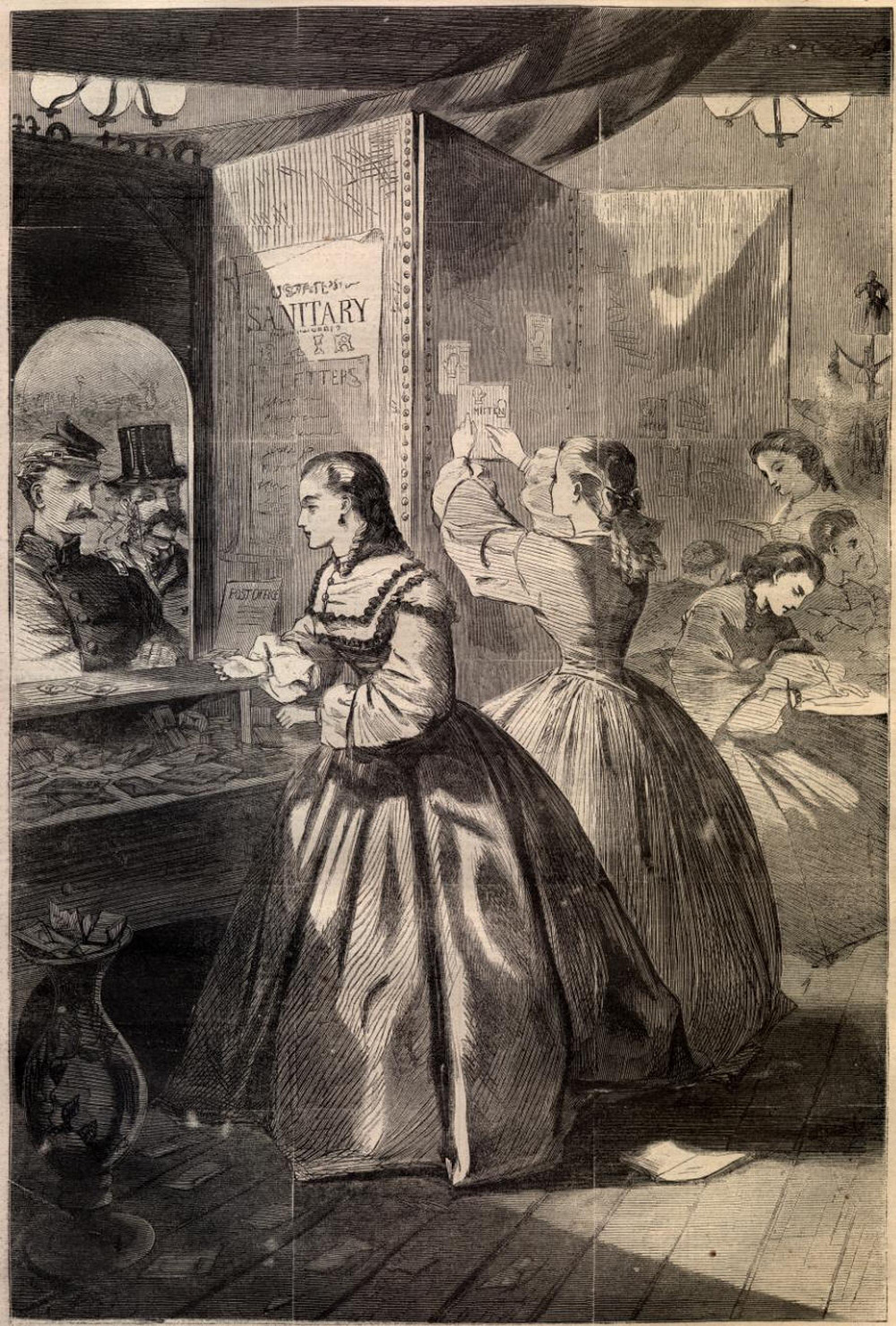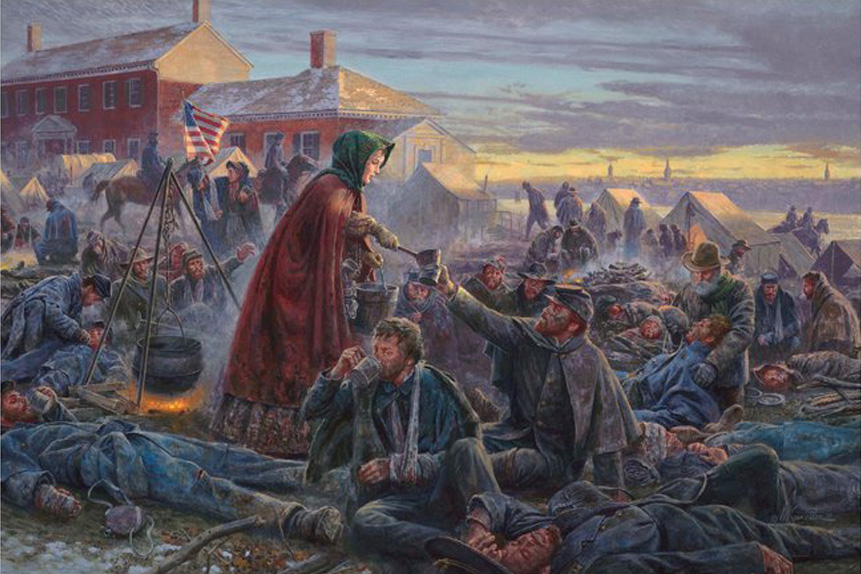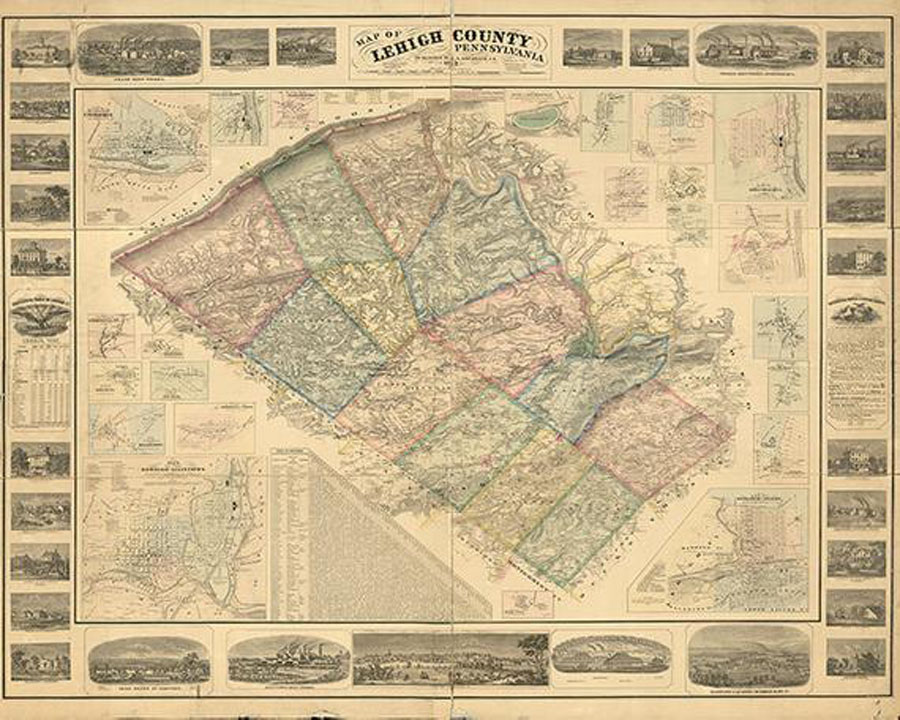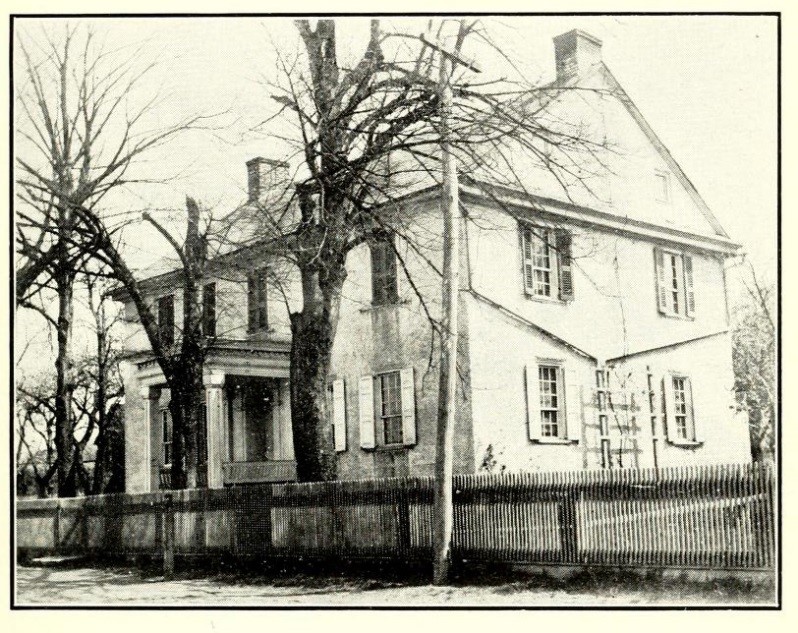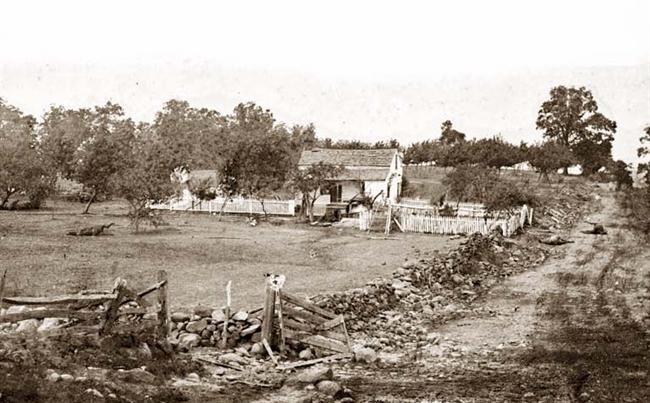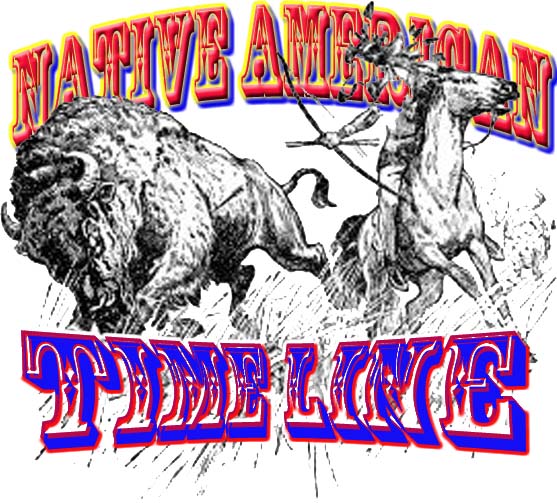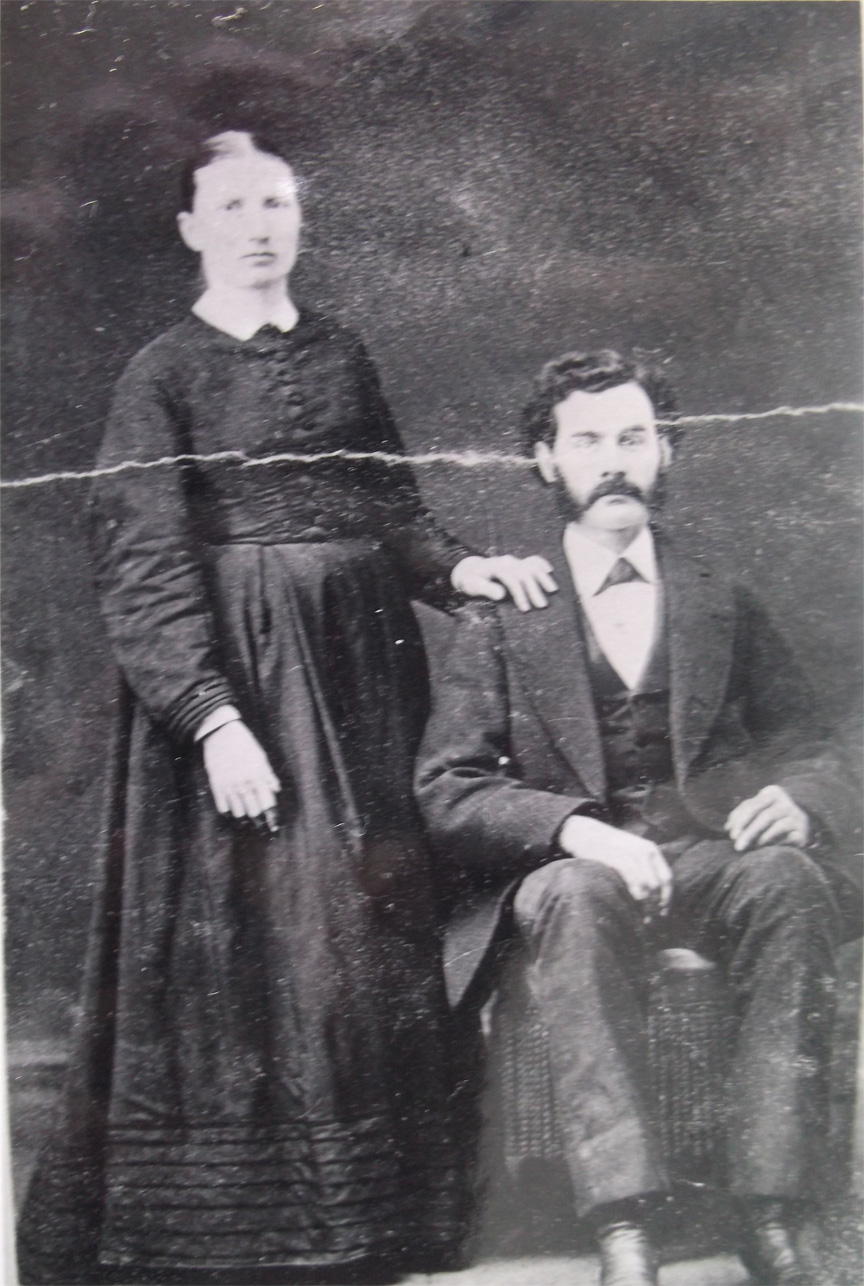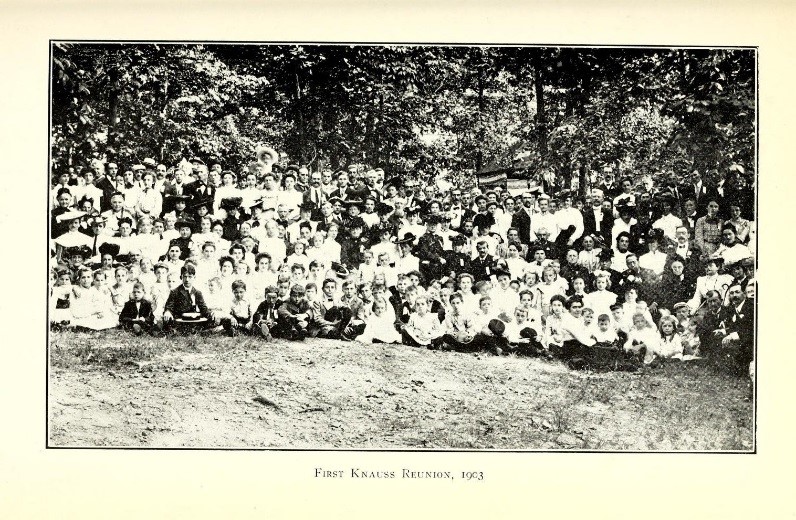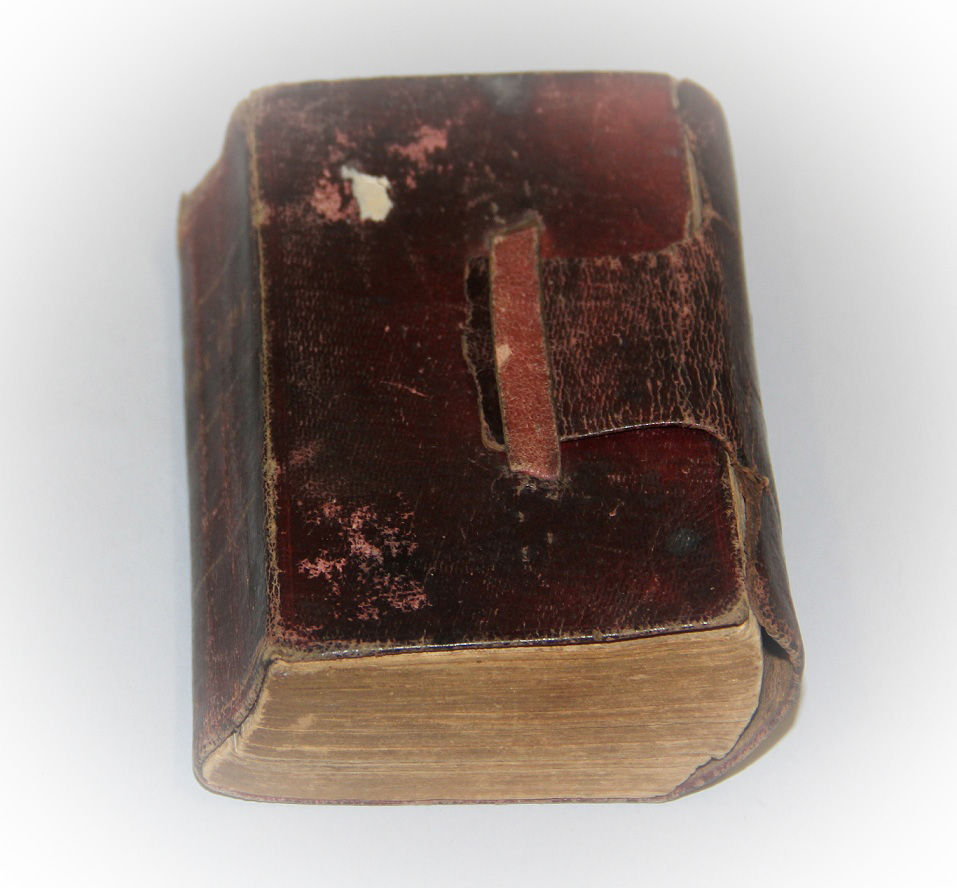David felt very sad about the loss of another family member and her husband. His feelings of sadness quickly changed to complete shock when she told him what Ruth did next. Rachel almost shouted when she told him, “Before the week was over, she cut off her hair, put on her husband’s military clothes, and went off as a man to fight in the war.”
She cut off her hair, put on her husband’s military clothes

The coming of the Civil War challenged the Victorian society that had defined the lives of men and women in that era. In the North and the South, the war forced women into public life in ways they could scarcely have imagined a generation before. Ruth was not alone.
More than 400 women disguised themselves as men and fought in the Union and Confederate armies during the Civil War. Sarah Edmonds Seelye, also known as Franklin Flint Thompson of the 2nd Michigan Infantry, said, “I could only thank god that I was free and could go forward and work, and I was not obliged to stay at home and weep.” Seely was the only woman to receive a veteran’s pension after the war.

Sarah Edmonds Seelye AKA Franklin Flint Thompson
Women stood a smaller chance of being discovered than one might think. Most of the people who fought in the war were “Citizen soldiers” with no prior military training–men and women alike learned the ways of soldiering at the same pace. Prevailing Victorian sentiments compelled most soldiers to sleep clothed, bathe separately, and avoid public latrines. Heavy, ill-fitting clothing concealed body shape. The inability to grow a beard would usually be attributed to youth.
Women of the Civil War
From the south, there was Janeta Velázquez. She was born in Cuba to a wealthy family, and at the age of 14, she eloped with an officer in the Texas army. When Texas seceded from the Union in 1861, her husband joined the Confederate army, and she pleaded with him to allow her to join him.
Civil War map of Cuba 1865
Undeterred by her husband’s refusal, Velazquez had a uniform made and disguised herself as a man, taking the name Harry T. Buford and the self-awarded rank of lieutenant. She was just in time to fight at the Battle of First Manassas (Bull Run) and the Battle of Ball’s Bluff. Shortly afterward, she once again donned female attire and went to Washington, DC, where she could gather intelligence as a spy for the Confederacy.
Lieutenant Harry Buford – aka Loreta Janeta Velázquez
Lieutenant Harry Buford – aka Loreta Janeta Velázquez
Espionage did not hold enough excitement for Janeta, so she once again sought action on the battlefield. As luck would have it, she found her original regiment from Arkansas and fought with them at the Battle of Shiloh on April 6-7, 1862. While on burial detail, she was wounded in the side by an exploding shell, and an army doctor discovered her true gender. Janeta Velazquez decided at this point to end her career as Harry T. Buford, and she returned home to New Orleans.
Sarah Rosetta Wakemann – girl with drum – Sarah Pritchard
Rachel told David that Ruth had a passion for fighting as strong as the men did and even more, having witnessed the death of her husband, her childhood sweetheart, and her best friend. Her feelings were well known also to her sister Rachel through the letters they shared with each other as often as possible. Reading her words Rachel could feel the pain of her twin sister’s loss as if it were her own. Rachel also could feel what was in her own heart and how she felt about David. She wondered, did he even know she loved him, and how much she did?
While David was away off marching to war, Rachel was trying to march right into his heart the best way she knew how, and that was to become best friends with his mother. This challenge was made super easy because David’s whole family loved the twin sisters, and his mother took Rachel under her wings. David had no idea what these two women had planned for both of them.
The poor man was exhausted by the time they got him back to the farm. David had very little feelings left to express, just how glad he was to be back home. When you are fighting daily just to stay alive, there is little room in your life for feelings. He just did not know how to express himself very well. That did not bother anyone because they had so much, they wanted to tell him all at once, and he so much was enjoying listening to their voices.
David was like most of the Civil War servicemen. They were farm boys in their teens or early 20s. They rarely had, if ever, traveled far from their family and familiar surroundings. The combat that they lived thru was concentrated and personal. Disease killed twice as many men as combat. During long stretches in crowded and unsanitary camps, men were haunted by the prospect of agonizing and inglorious death away from the battlefield; diarrhea was among the most common killers.
The army was not always adequately outfitted, and some troops fought on foot. The armies faced each other in tight formation and firing at a relatively close range as they had done for years. They could see the expressions on the faces of their enemy. By the time of the Civil war, they were using new accurate and deadly rifles and improved cannons on both sides. The men were often cut down in masses, showering the survivors with blood and body parts.
Battle lines
These conditions contributed to what Civil War doctors called “Nostalgia,” a centuries-old term for despair and homesickness so severe that soldiers became listless and emaciated and sometimes died. Military and medical officials recognized nostalgia as a serious “Camp disease” but generally blamed it on “Feeble will,” Mmoral turpitude,” and inactivity in camp. Few sufferers were discharged or granted furloughs, and the recommended treatment was drilling and shaming of “Nostalgic” soldiers—or, better yet, “The excitement of an active campaign,” meaning more combat.
A nostalgic soldier
The Civil War occurred in an era when modern psychiatric terms and understanding didn’t yet exist. Men who exhibited what today would be termed war-related anxieties were thought to have character flaws or underlying physical problems. For instance, constricted breath and palpitations—a condition called “soldier’s heart” was blamed on exertion or knapsack straps drawn too tightly across soldiers’ chests.
CRS, combat stress reaction was first called “divine madness” by the Greeks. Later during the Napoleonic Wars, it was called “nostalgia.” Then during the Civil War is was named “camp disease or soldier’s heart.” By the time of WW I doctors called it “battle fatigue or Shell Shock.”
A shell shock soldier
The phrase “The Thousand-Yard Stare” was coined during WW II and used thru the Vietnam war. It was a phrase often used to describe the blank, unfocused gaze of soldiers who have become emotionally detached from the horrors around them. It is a reaction to the intensity of the bombardment and fighting that produced a helplessness appearing variously as panic and being scared, or flight, an inability to reason, sleep, walk or talk. Military doctors from that time called this “PTSD, Post Traumatic Stress Disorder.”
1000 yard stare
During the Civil war, wounded men who survived combat were subject to pre-modern medicine, including tens of thousands of amputations with unsterilized instruments. Contrary to stereotype, soldiers didn’t often bite on bullets as doctors sawed off arms and legs. Opiates were widely available and generously dispensed for pain and other ills, causing another problem: drug addiction.
Early opiate-based medicines
David saw some men in his own company had a hard time after they got back home and no longer could rely on these medicines. During his time as a wounded soldier, no one had offered him anything for pain or support dealing with stress from combat. Like most of the men, he kept things close to the belt and his feelings to himself.
David was almost home. He would sleep on the family farm tonight. David’s mother proudly told him that Rachel had regularly gone to the train station to meet the men coming home from the war. “She has been a soldier on the home front,” his mother said as she turned around in her seat and smiled at Rachel. Rachel and many women wanted to take a more active role in the war effort. Inspired by the work of Florence Nightingale and her fellow nurses, they tried to find a way to work on the front lines, caring for sick and injured soldiers and keeping the rest of the Union troops healthy and safe. Many other women fought that war on their own terms.
Soldiers on the home front
Plan of the 1st Battle of Bull Run
Clara Barton was a civil war nurse who began her career at the Battle of Bull Run, after which she established an agency to distribute supplies to soldiers. Often working behind the lines, she aided wounded soldiers on both sides. After the war, she established the American Red Cross. Clara Barton said that the Civil War caused “fifty years in the advance of the normal position” of women.
Clara Barton with the 13th Mississippi infantry regiment
In June 1861, the federal government agreed to create “a preventive hygienic and sanitary service for the benefit of the army” called the United States Sanitary Commission. The Sanitary Commission’s primary objective was to combat preventable diseases and infections by improving conditions, particularly “bad cookery” and bad hygiene in the army camps and hospitals. It also worked to provide relief to sick and wounded soldiers. By war’s end, the Sanitary Commission had contributed almost $15 million in supplies–the vast majority of which had been collected by women–to the Union Army.
United States Sanitary Commission
Plan of the 2nd Battle of Bull Run
There are many soldiers’ stories from the only war that America fought against Americans. The Union and Confederate soldiers’ stories are the ones most told. But the other soldier’s accounts must also be remembered with equal importance and reverence. The women fought in many ways, but equally as dangerous battles, on different fronts. The black story is a scar upon our nation that made us united and stronger by the ones that endured that tremendous pain. The Doctors story brings to reality the real horrors of war. All mankind should pray to God that we never have another one. The pastor’s story gives hope in times that seem hopeless. One more soldier’s story that has been overlooked too often is the children’s story.
Some children served in the army as soldiers, and others just witnessed the horror of war from afar. Johnny Clem, at the age of 9, followed along with the 22nd Michigan regiment, and later, he was adopted as a drummer boy. Drummers were used for communication on the battlefield, and different drum rolls signaled various commands like “Retreat” or “Attack.” He became well known when he shot a Confederate officer and escaped at the battle of Chickamauga. He stayed in the army, and after the war, he became a Brigadier General.
Johnny Clem
The history of Michigan 11,000 BCE–1837
Children did not have it easy during this time. Some were with their families, serving in the army. They helped cook and wash dishes and set up and tear down camp when they moved. They were often near the front lines. Most children at home had a relative who was off fighting, and they had to work extra hard taking on the jobs of adults to help make ends meet. Much of the fighting took place in the South. These children could hear gunfire and artillery around their homes and see the soldiers go marching by.
Near the front lines
David felt like a young child again, and he was thrilled to be back in his home community among his own people. His mind was flooded with childhood memories of playing in the woods with Chunky and all his cousins. He had many relatives living there, and indeed everybody made him feel glad to be home again. Here he got square meals and someone to dress his wounds. They even gave David two clean shirts for “one on, and one in the wash.” The one he was wearing had to be held together at the waist with twine.
Lehigh county Pennsylvania
Then it hit him. No one had mentioned anything about Chunky. When he inquired about his “whereabouts,” all anybody could tell him was that he had not been heard from after the battle of Gettysburg. Not one member of his family had any idea what had happened to him. All the men from the regiment were met with a royal welcome from the good people of that county. They gave them an elegant dinner at the Fair Grounds, where beautiful girls waited on the tables.
Knauss ancestral homestead, 1802 Emaus, Pa.
many of the Knauss were born here
When David went to the army, he took for his guide a Bible. One of his favorite selections was from the 91st Psalm.
Timeline 1867 – 1883
“Whoever dwells in the shelter of the Most High will rest in the shadow of the Almighty. I will say of the Lord, he is my refuge and my fortress, my God, in whom I trust.”
He had lost the Bible he used to keep his diary safe, somewhere during the battle of Gettysburg. He wished he could reread his own writings.
Gettysburg Headquarters General Meade
Timeline 1875 – 1876
As David grew older, there were many times his heart was saddened that he was no longer in possession of his testimony to history, his diary. He had hoped to share with his kin and future family his war experiences, but now all he had was distant memories. And as he grew older, still these slowly faded from his memory. Thirty years later, at a Knauss family reunion, David had this to say to the people that gathered to celebrate that day.
June 6, 1909
“I was in some hard marches. On one of them were only enough men left in our company (d) to make three rifle stacks. The rest had all given out on account of the excessive heat and were left behind. I was in two hard battles: Chancellorsville and Gettysburg. At the former we left our knapsacks before going into battle and never recovered them. There came on a cold rain, and we were ordered not to speak above a whisper until we got back across the pontoon bridge (at u. S. Ford). The night was cold, and we had a hard time of it. I found a wet blanket and went into timber and built a fire to dry the blanket. At the time we started to Chancellorsville we had eight days rations dealt out to us. I divided mine so as to get through with it pretty well, but others who ate all they wanted, ran out of provisions and got so hungry they took corn from the horses’ troughs and parched it.
The first day at Gettysburg it seemed to me the rebels were bound to get to town. They shot a hole through the lines where we were, and our company was badly broken. When on the retreat, I kept loading and firing back on my own account. I was called in a few times to help take care of the wounded, and did the best I could, but would not give up my rifle. I then turned the wounded man (whom I was assisting) over to another fellow. Soon after this the hospital and all its inmates were captured. I picked up a better gun on the field. We were engaged at sharpshooting, under heavy shelling the rest of the day. At night, the enemy came up and drove us back to our battle line, where they got the worst of it and were defeated that night. We had no officers left in our company, and the next morning the few men remaining of co. D were put in another company, the combined force numbering 22 men.”
Mr. & Mrs. David Knauss
Sound Bite 1878 – 1882
Sound Bite Native American
In August, the year before, David had received a letter from one of his cousins, saying that they had attended a family reunion of 600 persons. At that meeting, they had the Bible, which he had lost in the army. A reformed minister of Tom’s Brook, VA, saw the intended Knauss family reunion in the local newspaper. He had at the time, in his possession, a Bible with David’s name in it. The minister told them that he was stationed in South Carolina fourteen years earlier when one of his parishioners, who had been a Confederate soldier, gave him the Bible. The book contained the name, “David Knauss Army of the Potomac, born in Northampton Co. Pa, son of Levi Knauss Exq.” It also had the Apostle’s Creed written in German.
Knauss family reunion
It was the high point of the family reunion that day when the family presented a young man’s Bible back to its owner, the old soldier. David watched as they brought it towards him. His mother’s quilt scarf that he had kept it wrapped in was missing, but he remembered he had used it as a bandage for his wounded leg. Even with his aged vision, he could see, from a distance, that the Bible was his old friend. He could recognize the book from the outward bulge in the cover made from the diary he had kept inside it. As he looked at it, he wondered if he looked as old and worn-out as this book did. He held it tight to his breast and said a silent prayer of thanks.
Civil War bible
There were so many people to thank, and David had such a good time that day that it was not until the next day he took time to open the Bible. But the bulge in the book was only an indentation of what used to be held there. He could see the outline of his diary on the outside cover. But the space inside where the journal was kept was empty, and it was not there. The old soldier felt that it was much better to remember and pass on the words of the Lord that he just got back rather than the thoughts of man. David was very grateful to have survived as long as his Bible had.
Timeline 1878 – 1882
>>>Click here <<<
Next: The trees of Michigan – picture book – 1

